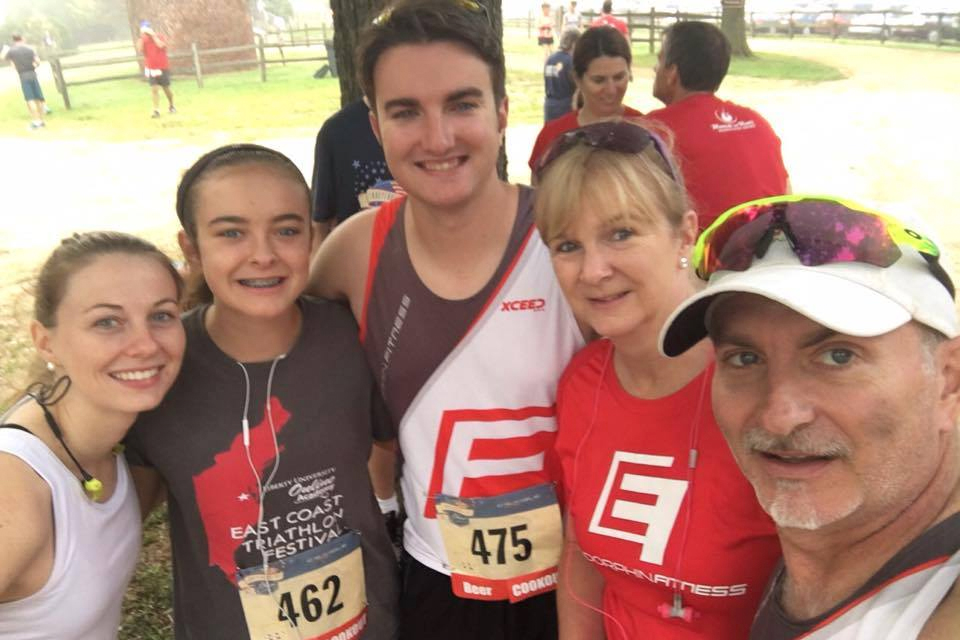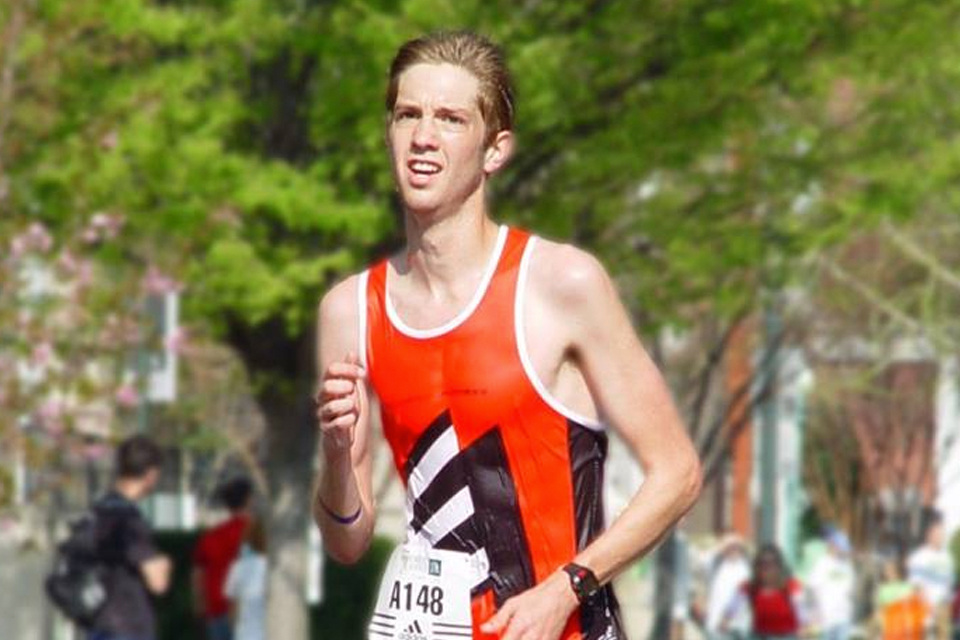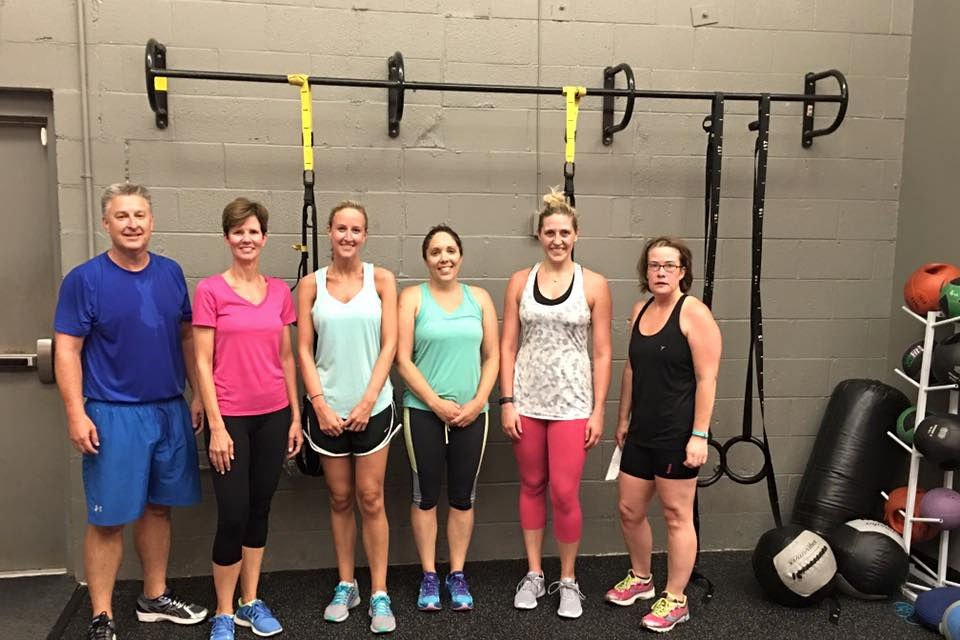

Some Tips For Your Epic Triathlon Swim Start
How do you ensure an EPIC start to your triathlon race? The answer is starting your swim out super strong!
There are several ways that a triathlon swim will typically start. I’m going to talk about three today. The first is a beach start, the second is an in-water start, and finally a time-trial start. We’ll talk about what each start is and some things you can keep in mind to get ready for it.
Beach Start
This is start where you begin either on a dry beach or standing in shallow water. After the gun goes off, you will run into the body of water and start swimming. This is not the most common start, but if you find yourself in this kind of race, you should be prepared.
To prepare for this, you first need to set yourself up right. Pre race, get in the water and check the current. If the current is swift or moving in one direction or another, take this into account when you decide where to position yourself. You will obviously want to swim as close as possible to the first buoy, so keep in mind the current when deciding where to start.
Next, you’ll want to get in the water race morning and check how far you have to go out before the water is mid-thigh. You’ll want to do this because at a certain point, it will be harder to run as the water gets higher. But the water might still be too shallow to swim. To move through this part quickly, you’ll want to do what’s called a “dolphin dive”.
A dolphin dive is a quick way of making forward progress in the water. To do this, stand on the bottom then do a small dive into the water. You will reach down, grab the sand or the bottom of the water, then pull yourself back up. Repeat this until the water is deep enough to start swimming!
This will give you a huge advantage, but you also definitely want to practice. You’ll want to know how high the water is at the course you’re racing, and get a few practice rounds in so you can get used to the feeling. I’d even recommend timing it and counting the number of dives it takes you to get to a swimmable depth.
The caveat of a dolphin dive, though, is that it will get your heart rate high. This can lead to panic during an open water swim if you’re not used to it. So, to combat this, try doing some burpees or push-ups on the deck during your swim workouts in the pool to get used to a high heart rate during swimming. It will help the dolphin dive feel more familiar.
In-Water Start
An in-water start for an open water triathlon is slightly different than a beach start. You’ll most likely be in water you can’t quite touch the bottom of the body of water. To stay in the water, conserve energy, and wait for the race to start, you’ll want to lay on your stomach with your feet behind you, sculling (moving your feet back and forth). This will help you stay afloat without using as much energy as treading water.
This is also helpful because if you’re making big motions with your arms and legs, people will typically give you more room. As you get closer to the start, people will most likely be trying to move closer to you and closer to the start line. This can free up some space for you.
However, once the gun goes off, you’ll need to start swimming from this awkward position. What I’d recommend for practicing this is to practice starting in the pool without the wall. You can practice doing vertical kicking, putting your hands above your head and practice kicking which keeps you afloat. This will help develop kick strength.
You can also try swimming halfway and turning in the middle of the pool rather than making a full lap and kicking off the wall. This will help get you used to starting without anything solid to push off of.
Time Trial Start
This is a more common start style, where you seed yourself according to your time and each swimmer goes off one by one. Keep in mind here, it’s best to seed yourself appropriately. You don’t want to be catching people and having them get in your way. You also don’t want to be too slow and be caught by someone else, as this can slow them down.
Practice Makes Perfect
As with many things in triathlon, it’s best to practice ahead of time to ensure that you’re familiar with these techniques before race day. Feel free to reach out to me below, or leave a comment if you have questions or feedback. Finally, if you want to get up to practice these things, I’m available for private sessions for all of the above techniques. Happy training!




